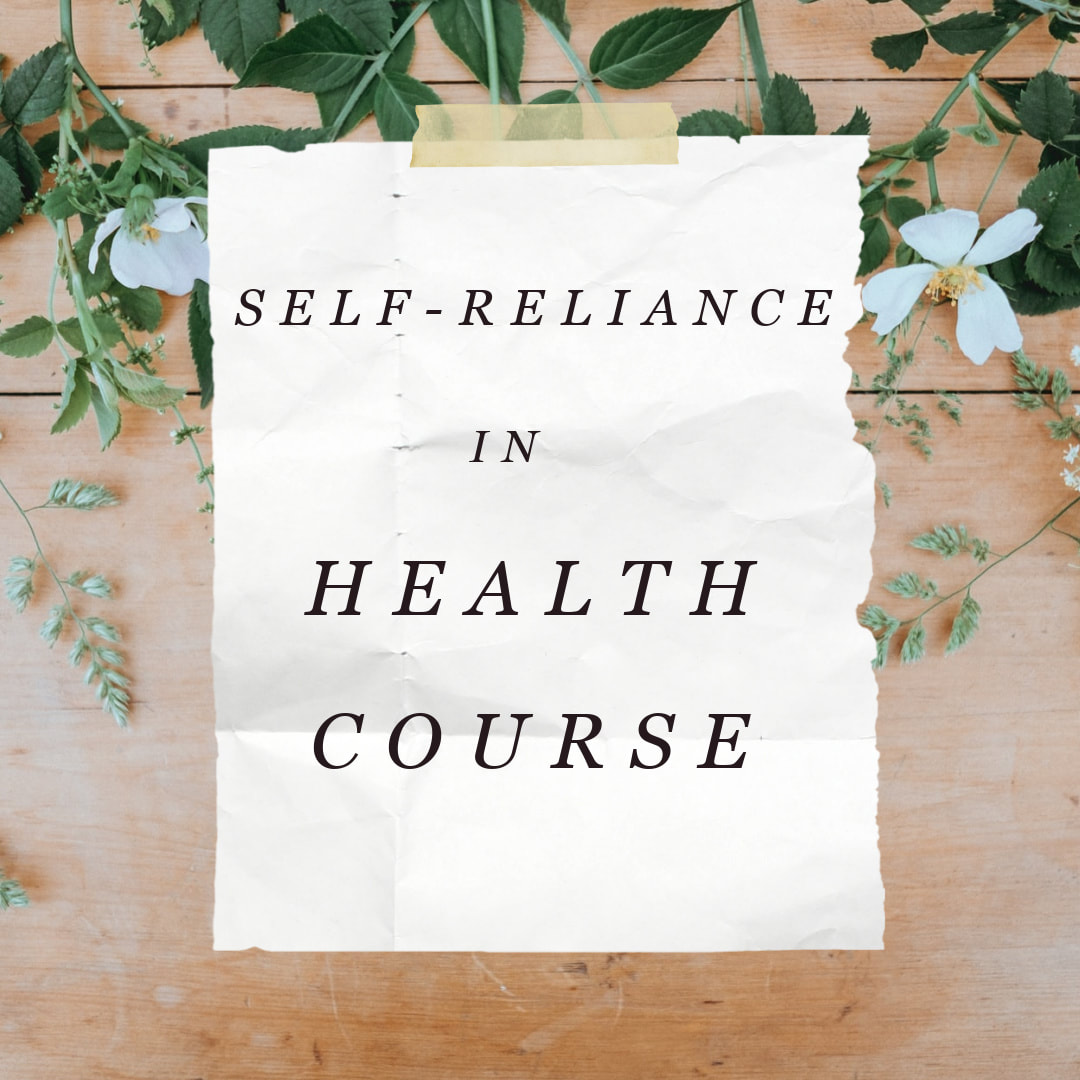As we have been studying botany this year, we were amazed to see that the majority of plants are created just like us. They start as embryos that have to be fertilized by sperm, once fertilized they become a seed and then grow into adults, they have veins running through their system that deliver life sustaining nutrients, antibodies and oxygen to the entire plant. None of this is coincidental, the Lord wanted to provide us with what we would need for medicine, hygiene, nutrients to strengthen the body and aid in regeneration and upkeep.
Blends v.s. Singles
There are many essential oil distributors that have pre-blended formulas to purchase or you can try your hand at blending yourself. You can also layer the oils one on top of another to reach your desired results.
Extracting Essential Oils From the Plant
This is the most common form of extracting essential oils and you can see the diagram below on how it happens. It is a matter of pushing steam through plant material that collects the essential oil from the plant, as it cools and condenses the essential oil floats to the top of the water and is strained off while leaving behind a hydrosol or flower water which are medicinal also, though no where near as potent. When using this method it is very important that the plant is harvested at the right time, right season and right conditions for the most potent and medicinal essential oil. It is also important that the water is heated at just the right temperature for a good quality oil, too little and the essential oil will not be released, too much and it can destroy or burn the essential oil. For this reason essential oils will vary from batch to batch and not all "pure" oils are created the same. The same plant material can also be steam distilled for a second, third and even fourth distillation, these will not be as potent as the first distillation and are never included on the bottle of essential oil you purchase. You generally get what you pay for though. Most essential oils you purchase are coming from a second distillation.
This method is mainly used to extract oil from citrus plants. Peels are punctured to release the essential oil and then pressed to squeeze everything out. The juice and essential oil are then separated by centrifugation.
This is a newer form of extraction using carbon dioxide to extract the essential oil. When carbon dioxide is under very high pressure it will turn to a liquid and then acts as a solvent to extract the essence from the plant. Once the pressure is decreased the carbon dioxide turns back into a gas, leaving behind the essential oil with no residue, as solvents leave behind.
This method uses a chemical solvent to saturate plant material to pull out the essential oil. It is then dissolved in alcohol to remove the solvent and once the alcohol evaporates the essential oil is left. The solvent cannot be completely dissolved so there is always a bit of residue left behind when using this method.
This method is used for delicate blossoms that have little essential oils in them and could easily be destroyed by heat. Blossoms are placed on a thin layer of oil or lard until all the essential oils are released, fresh blossoms replace the spent ones until there is enough essential oil extracted. Alcohol is then added to separate the oil from the essential oil. You will be able to tell in the price of the oil if this method has been used because it takes a huge amount of blossoms and time.
Storage and Shelf Life
- Because essential oils are so volatile (evaporate easily) they must be stored in dark, glass containers with a dropper top.
- Make it a habit to put the screw top lids back on tightly each time you use an essential oil, you don’t want your oil exposed to air too long or you will lose the potency of the oil.
- If you add essential oils to a massage or carrier oil, salve, lotion, or product of any sort, that essential oil will start to break down and is not as potent as using an essential oil fresh from the bottle.
- Essential oils can be exposed to high temperatures just make sure to let the essential oil cool down to room temperature before removing the lid. *Citrus oils can be damaged in temperatures in excess of 100 degrees, so keep those out of hot places.
- Store in a cool, dark location, away from electrical appliances.
- Many books say that essential oils have a shelf life from 1-5 years, most were written in the 90's before we had so much more information on essential oils so if you follow these guidelines you need not worry about a shelf life. My first essential oil I ever had my husband got from Germany when he was 19 years old (that was over 20 years ago by the way) it is still as potent and aromatic as when I first started using it 14 years ago.






























